Optimal Timing for Graffiti Removal
Determining the optimal time for graffiti removal depends on various factors including weather conditions, surface type, and accessibility. Typically, removal is most effective when weather conditions are dry and mild, allowing cleaning solutions to work without interference from rain or extreme temperatures. Early intervention can prevent graffiti from setting into porous surfaces, making removal easier and less costly.
Dry, mild weather facilitates effective graffiti removal, reducing the risk of surface damage.
Porous surfaces like brick or concrete may require removal sooner to prevent staining.
Fresh graffiti is generally easier to remove compared to older, weathered tags.
Performing removal during daylight hours ensures better visibility and safety.
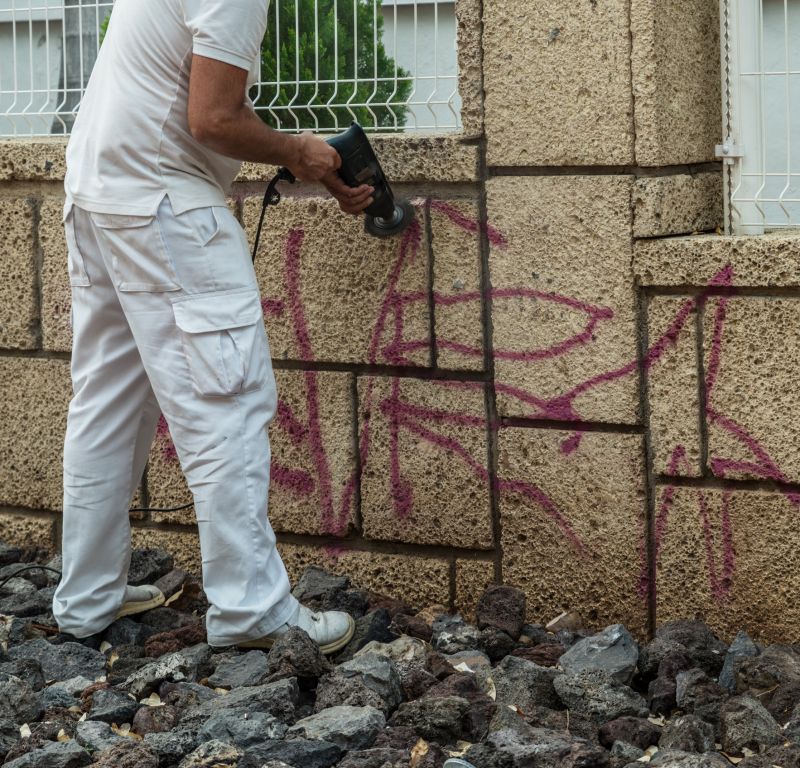
Using specialized cleaning agents, graffiti is carefully removed from surfaces.

Technicians employ high-pressure washing and chemical treatments for effective results.
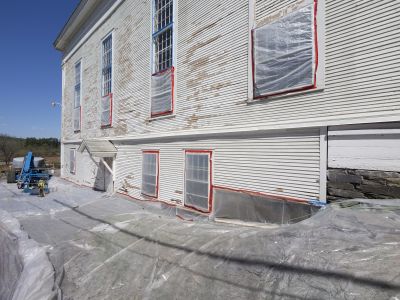
Timely removal restores surfaces to their original appearance.

Ways to make Graffiti Removals work in tight or awkward layouts.

Popular materials for Graffiti Removals and why they hold up over time.

Simple add-ons that improve Graffiti Removals without blowing the budget.
| Factor | Optimal Timing |
|---|---|
| Weather Conditions | Dry, mild days are best |
| Graffiti Age | Within the first few days |
| Surface Type | Prompt removal prevents staining |
| Time of Day | Daylight hours |
| Accessibility | As soon as possible after tagging |

Effective for large, durable surfaces like concrete and brick.
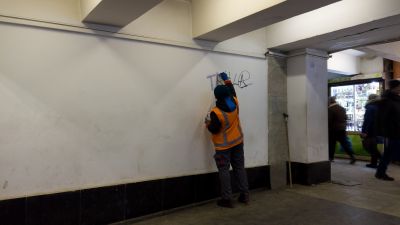
Specialized solvents dissolve graffiti without damaging surfaces.
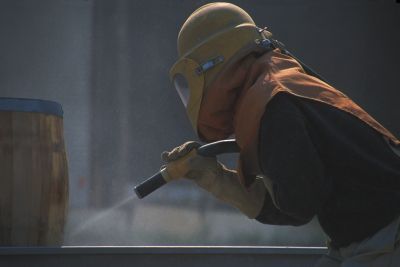
Used for heavily painted or stubborn graffiti on tough surfaces.

Surface sealing and repainting may be necessary after removal.

High-end options that actually feel worth it for Graffiti Removals.

Finishes and colors that play nicely with Graffiti Removals.

Little measurements that prevent headaches on Graffiti Removals day.
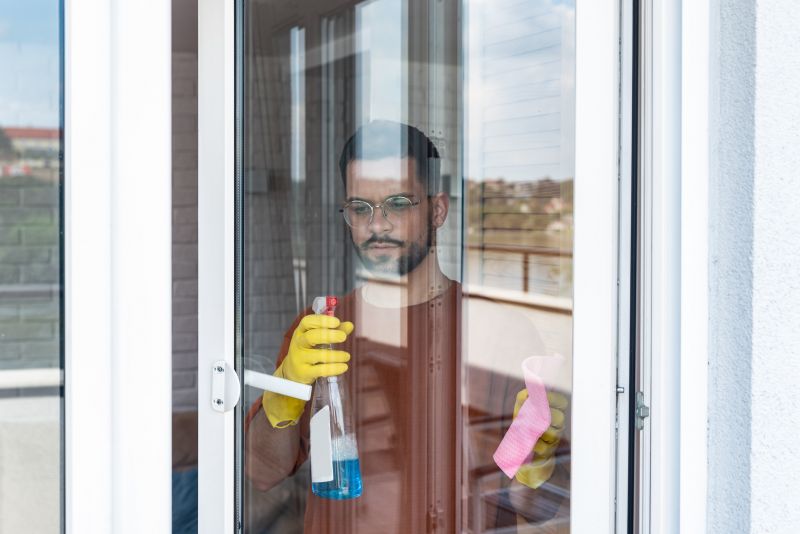
A 60-second routine that keeps Graffiti Removals looking new.
Additional Information on Graffiti Removals
Effective graffiti removal requires understanding the type of paint used and the surface involved. Different paints and markers respond differently to cleaning methods. For example, latex-based paints are generally easier to remove than oil-based paints. Surface porosity influences the choice of removal technique; porous materials may absorb graffiti, necessitating specialized treatments. Regular maintenance and prompt action are key to preventing graffiti from becoming a persistent problem.

Timely removal reduces long-term surface deterioration.
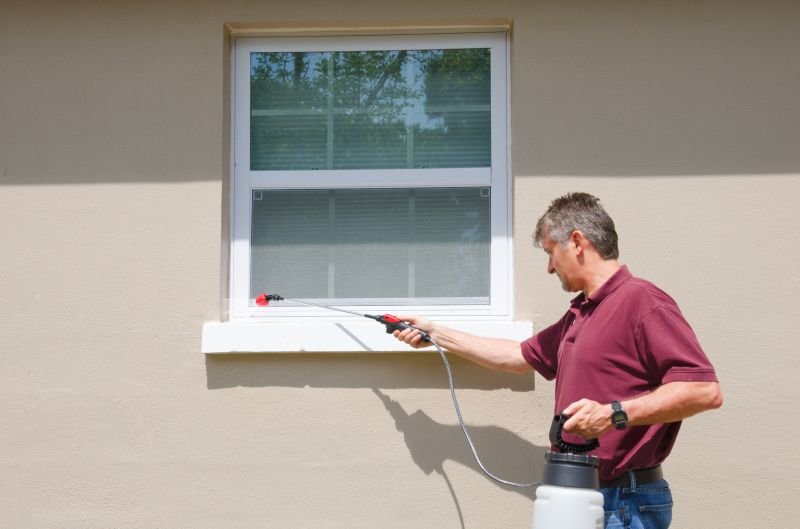
Early intervention minimizes extensive repairs.

Clean surfaces contribute to safer, more welcoming environments.
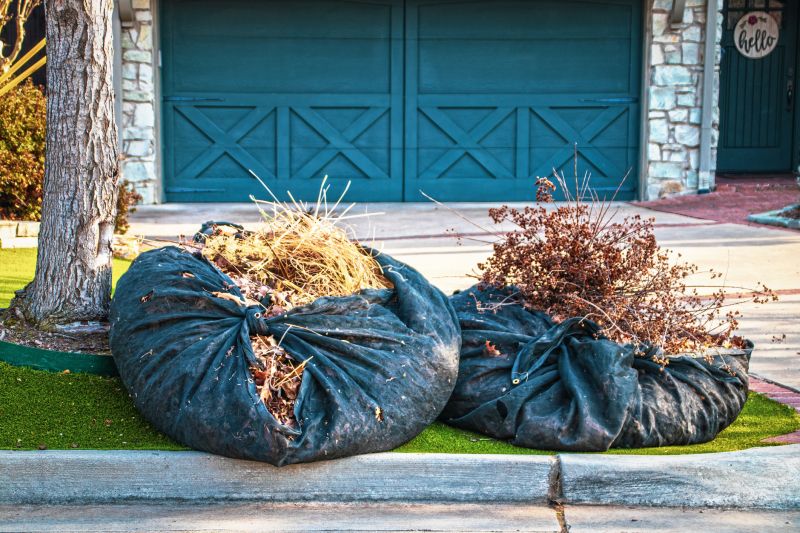
A frequent mistake in Graffiti Removals and how to dodge it.
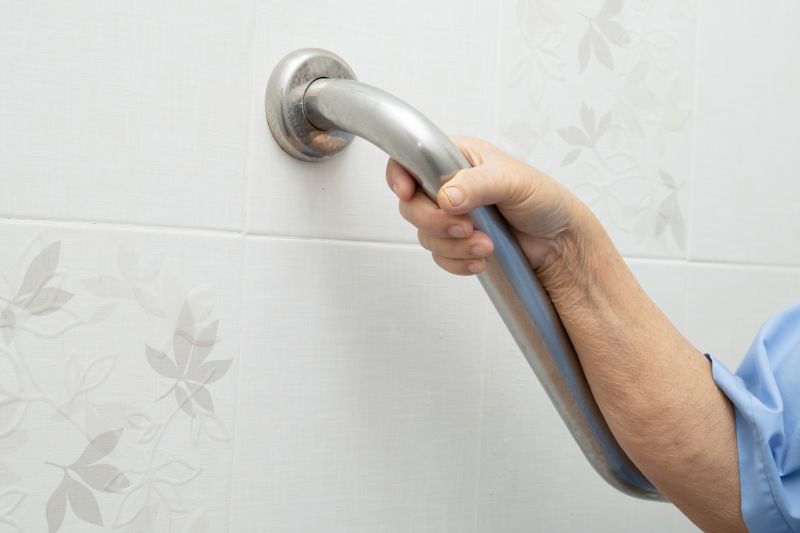
Small tweaks to make Graffiti Removals safer and easier to use.
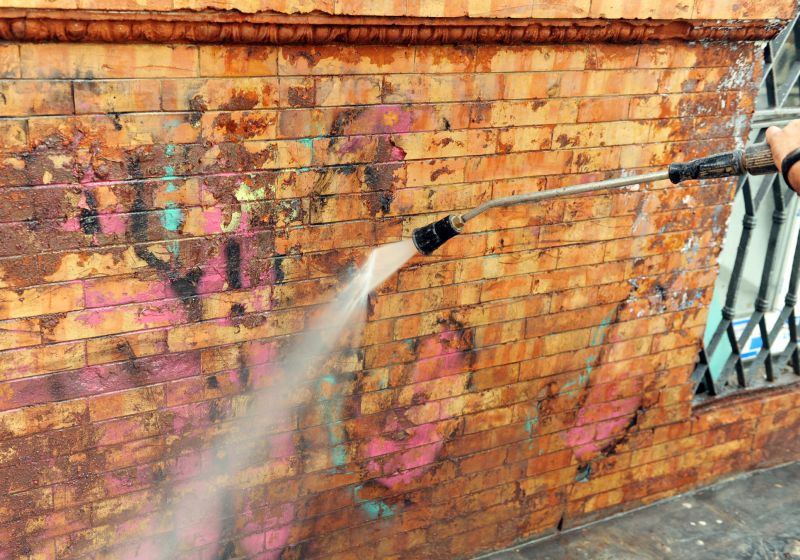
Lower-waste or water-saving choices for Graffiti Removals.
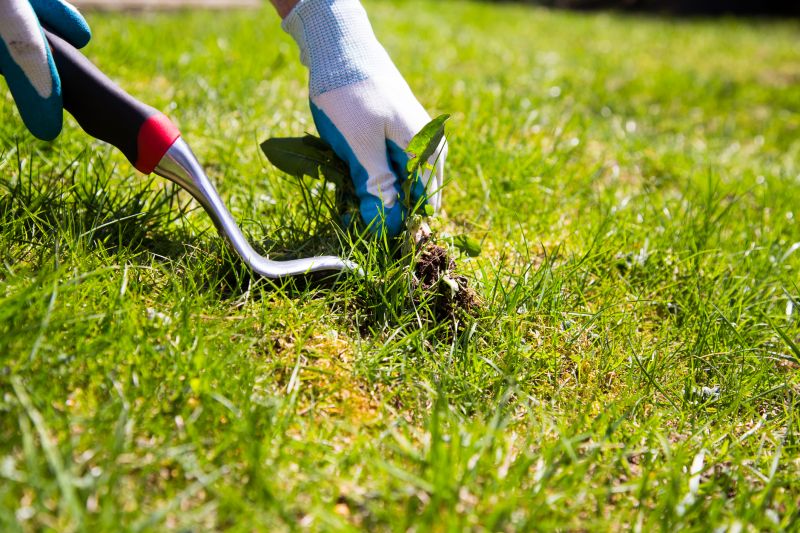
The short, realistic tool list for quality Graffiti Removals.

Rough timing from prep to clean-up for Graffiti Removals.
Interested in professional graffiti removal services? Filling out the contact form can provide more information and assistance tailored to specific needs.



